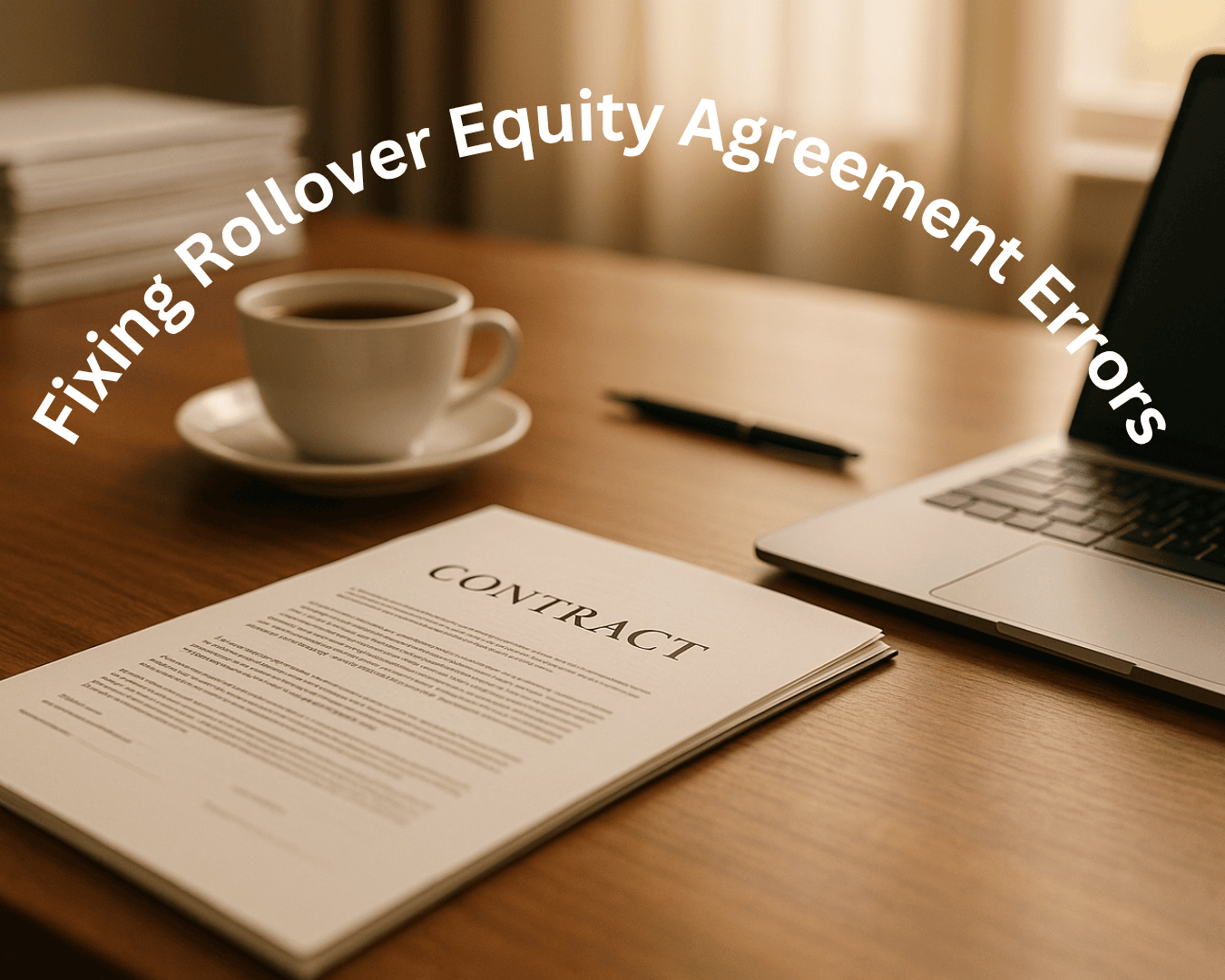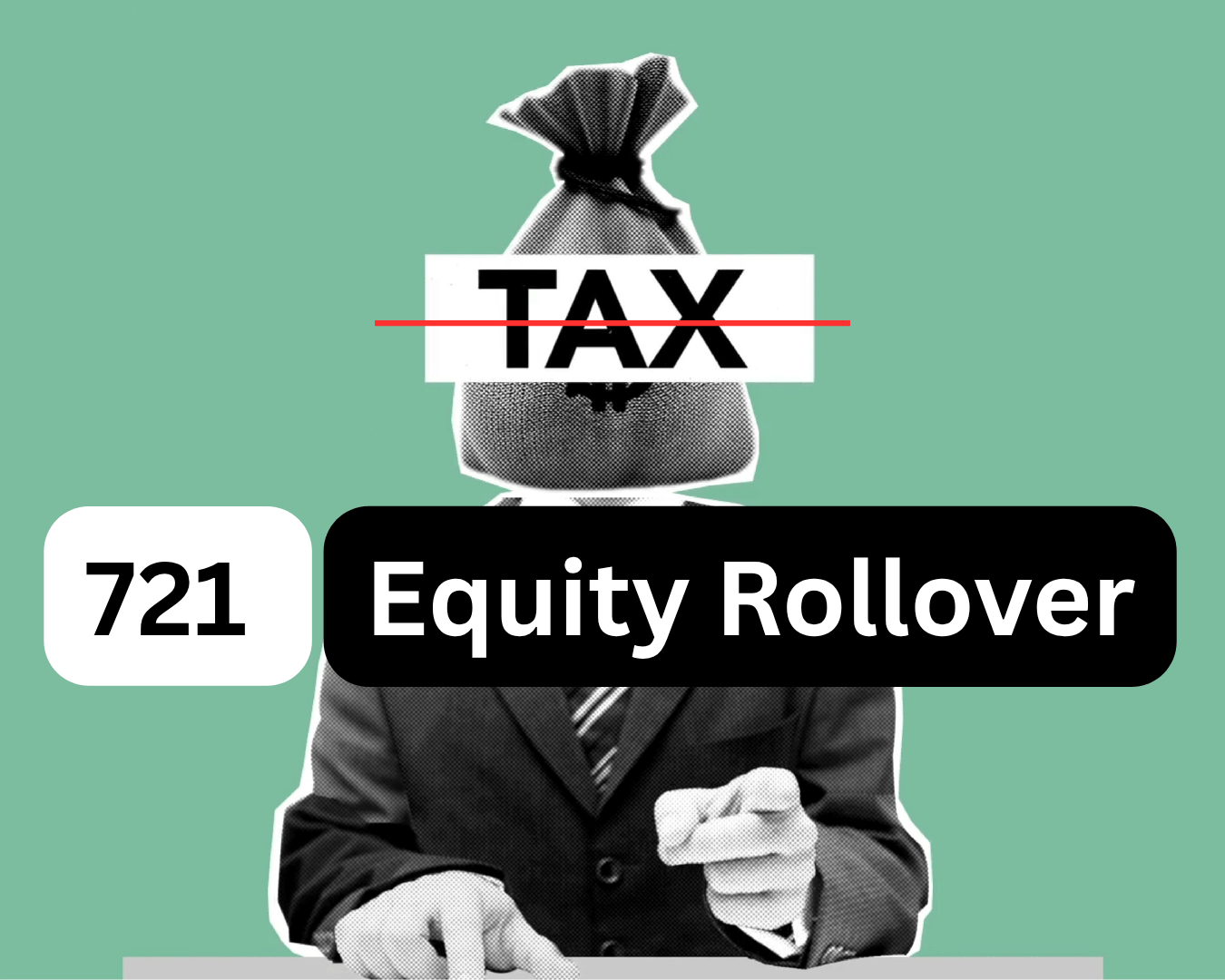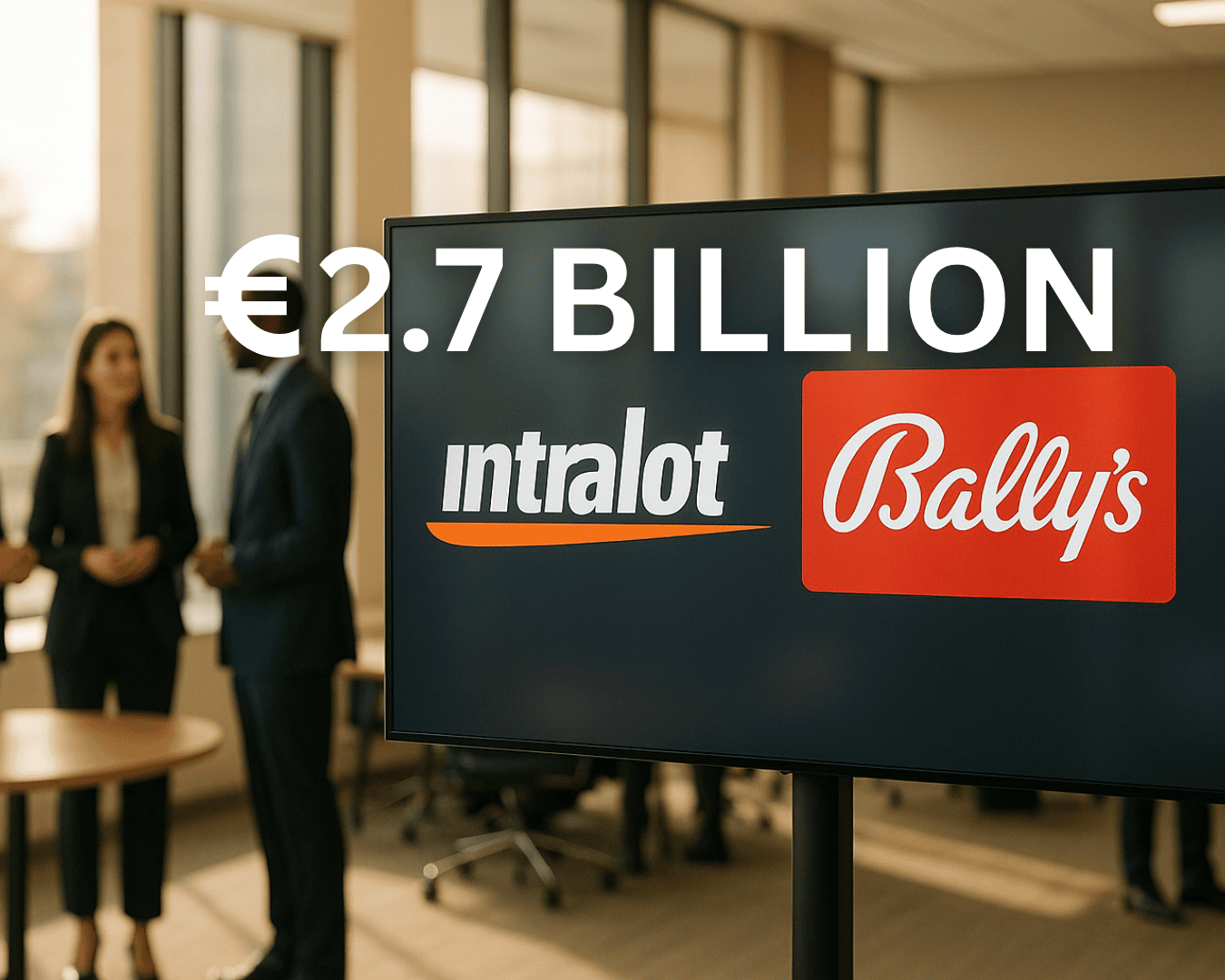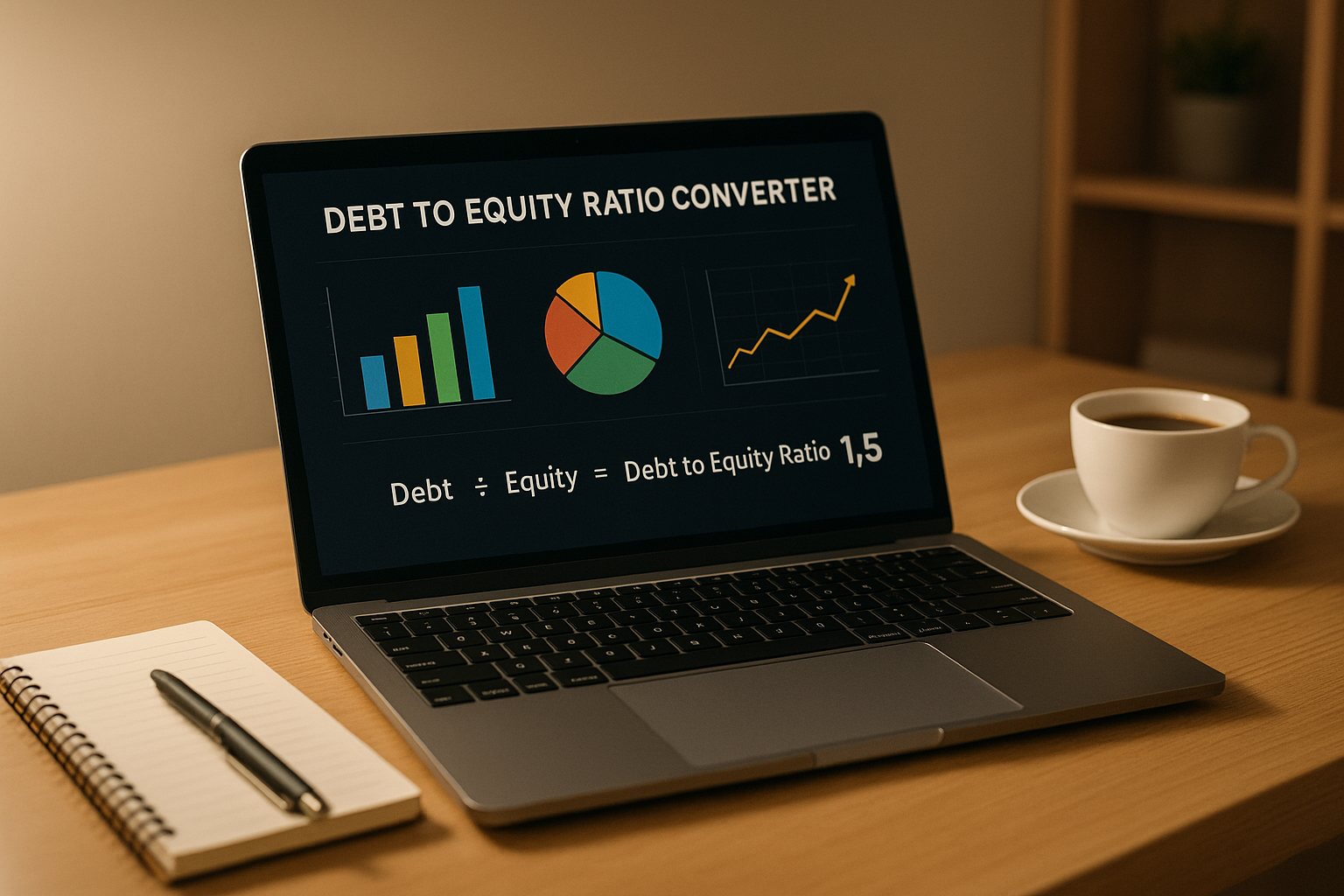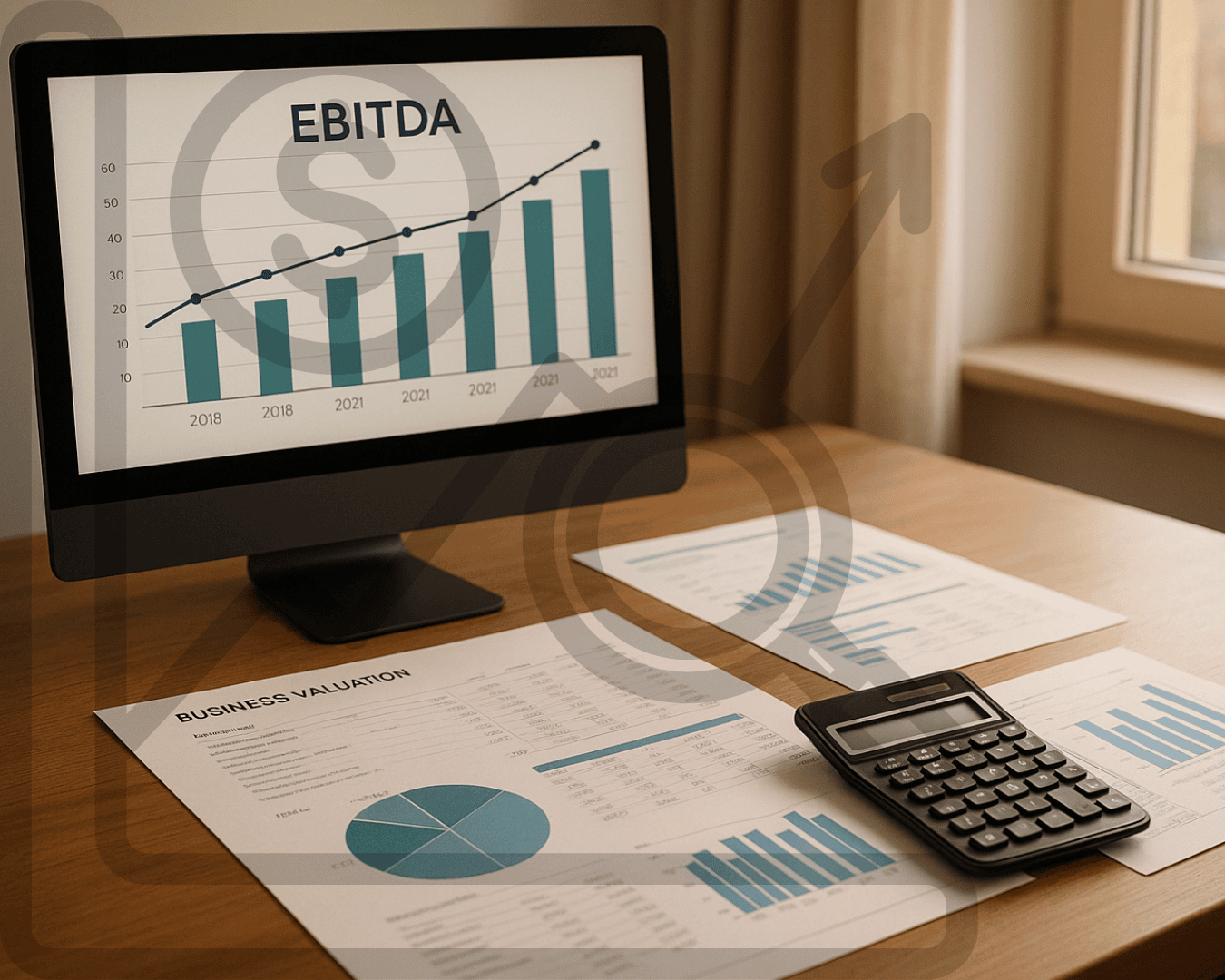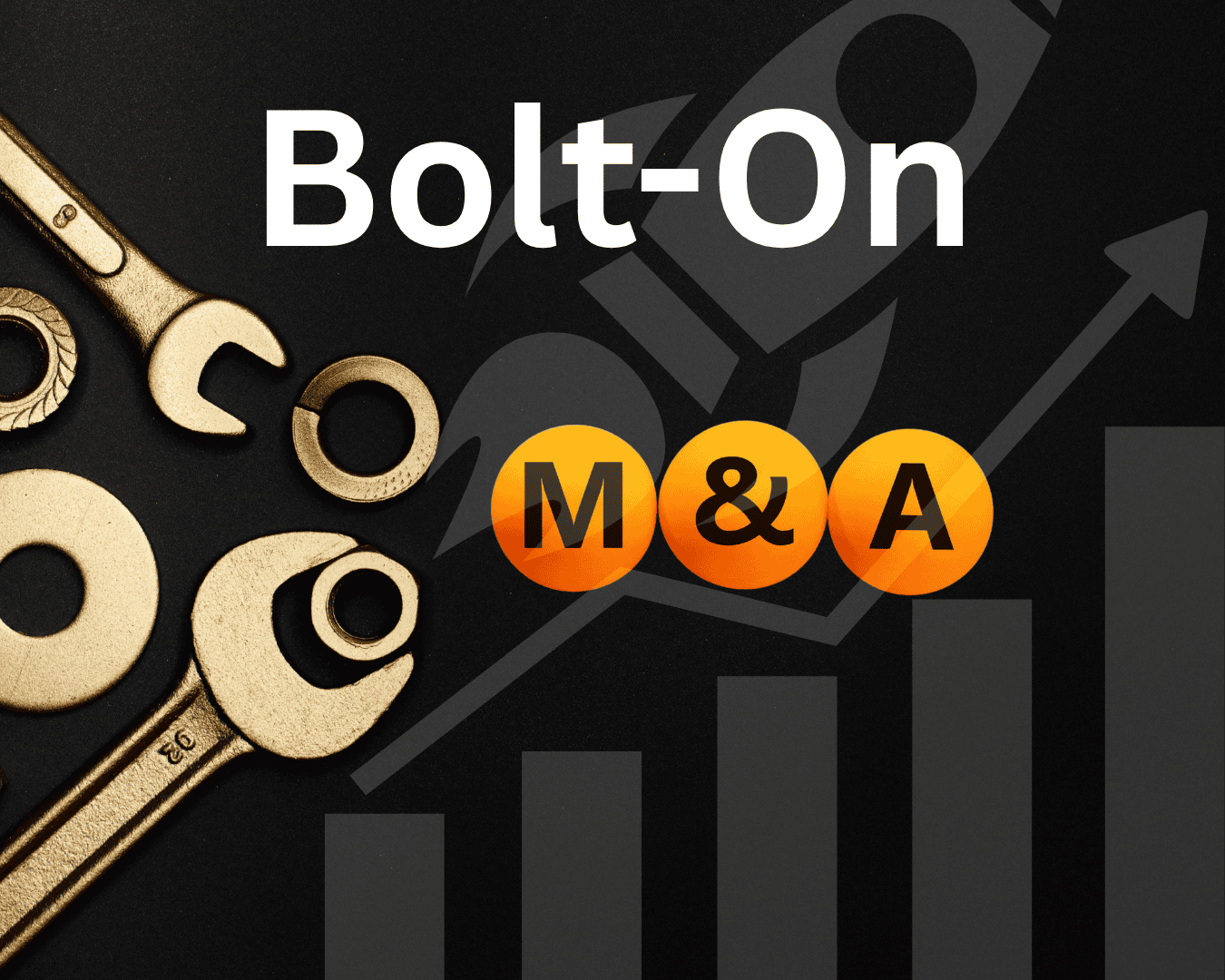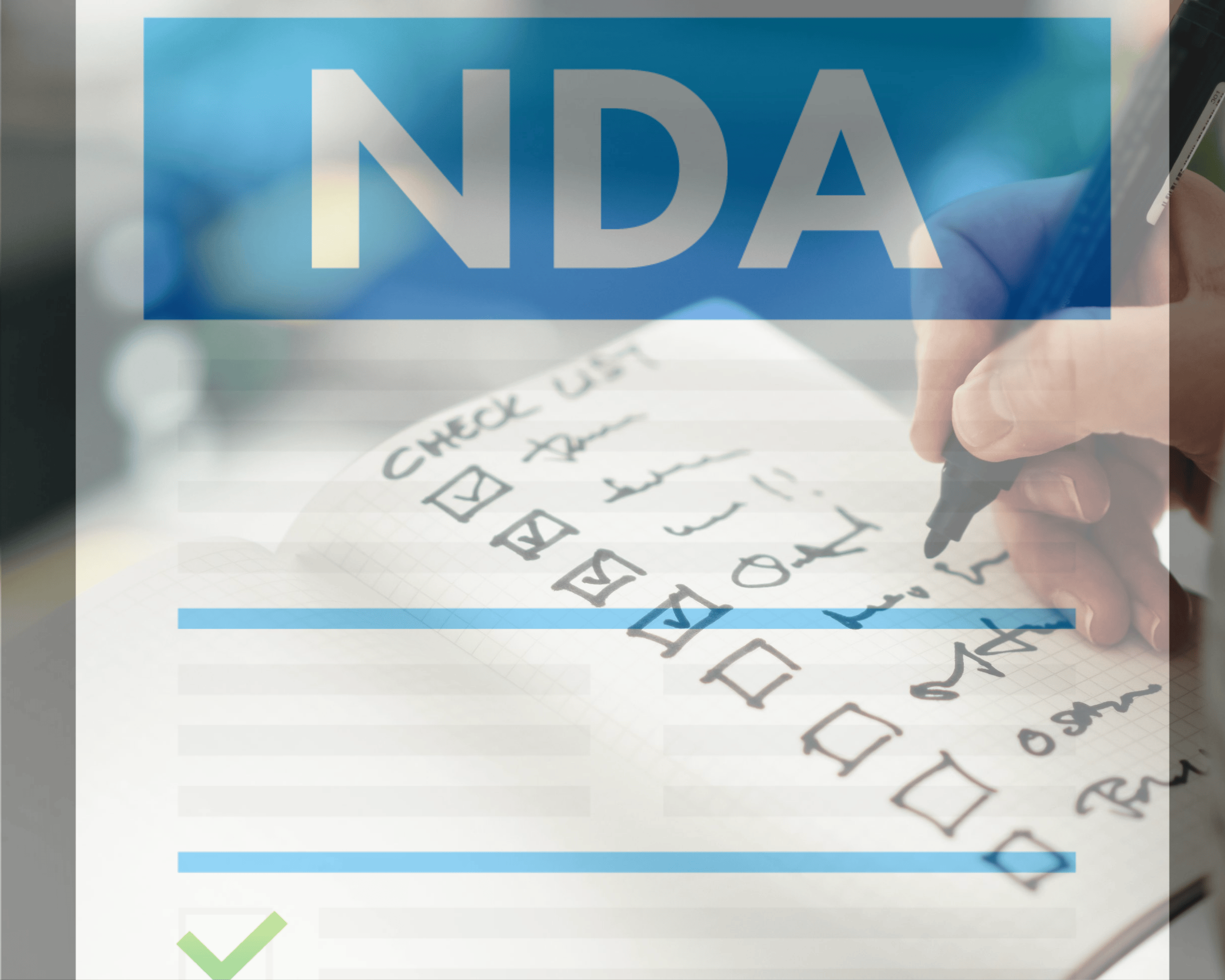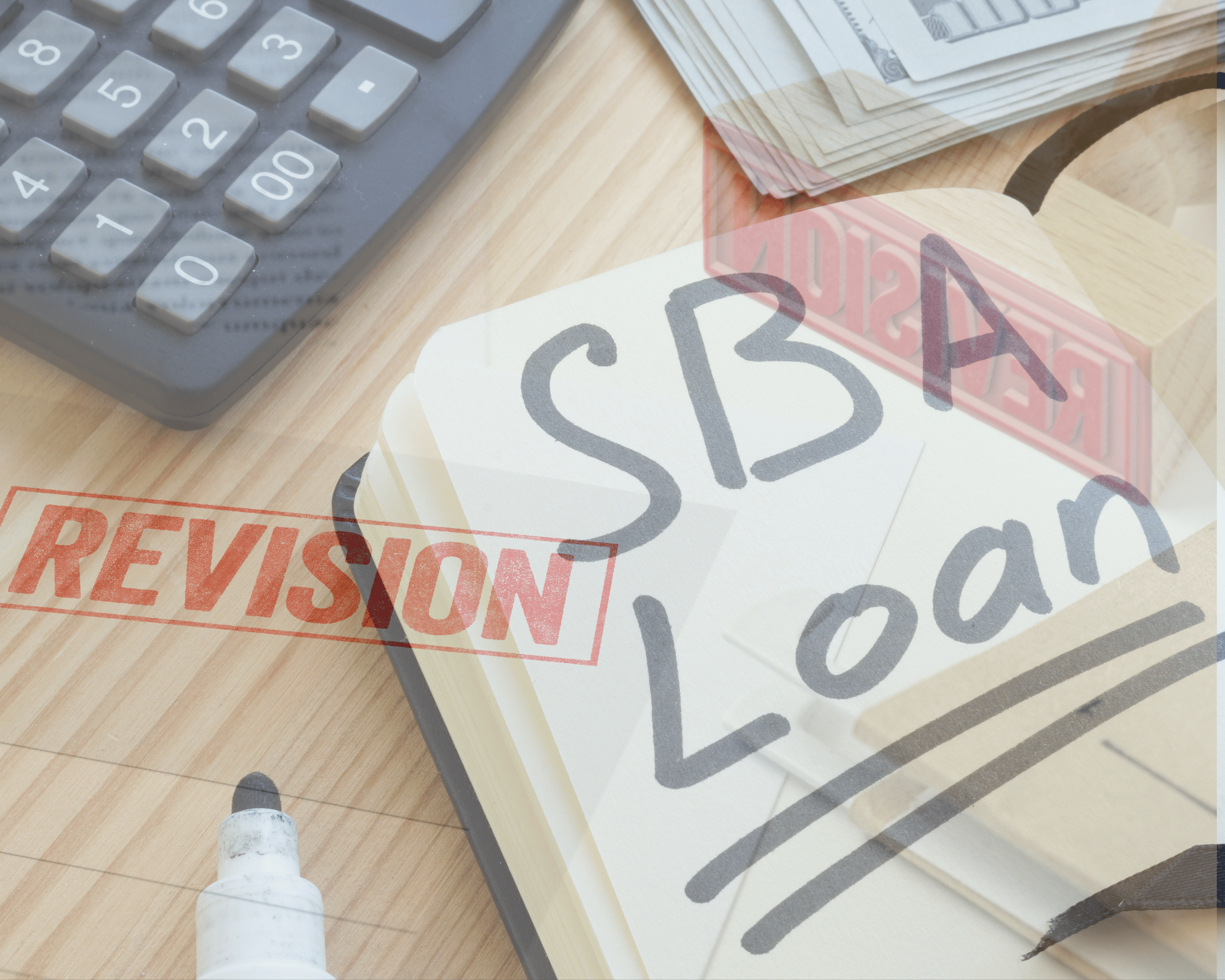When valuing a business, EBITDA (Earnings Before Interest, Taxes, Depreciation, and Amortization) is a key metric. It isolates a company’s core earnings, removing external factors like financing and taxes, making it easier to compare businesses across industries. Adjustments to EBITDA, such as adding back owner-related expenses or removing one-time costs, can significantly change a business’s valuation. For example, a $50,000 adjustment can increase or decrease valuation by $150,000-$300,000 at a 3-6x multiple.
Key points about EBITDA adjustments:
- Owner Expenses: Personal costs (e.g., vehicles, vacations) are added back.
- One-Time Costs: Non-recurring expenses (e.g., legal fees, emergency repairs) are excluded.
- Non-Operating Items: Income or expenses unrelated to core operations are removed.
Accurate adjustments require clear documentation, such as receipts or contracts, to build trust with buyers. Tools like AI platforms can identify potential adjustments and streamline the process, ensuring valuations reflect the true earnings of the business.
Adjusted EBITDA Explained for Private Companies
Common Types of EBITDA Adjustments
Getting EBITDA adjustments right is crucial because even small tweaks can have a big impact on valuation multiples. These adjustments help uncover a business's actual operational performance, giving a clearer picture of its financial health.
Most adjustments fall into three main categories: owner expenses, one-time expenses, and non-operating income or expenses. Let’s break these down to understand how they influence valuations.
Owner-Related Adjustments
Owner-related adjustments focus on expenses that benefit the owner personally rather than the business itself. The idea is to adjust the owner's compensation to align with what a market-rate replacement would earn. Any excess compensation or personal expenses are removed to reflect a more accurate earning potential for the business.
Some common examples include:
- Compensation packages that are higher than market rates. The excess amount is added back to EBITDA.
- Personal expenses like vehicle costs, family vacations, or country club memberships that don’t serve a business purpose. These are also added back.
- Discretionary costs that wouldn’t continue under new ownership.
By making these adjustments, the business's earnings are normalized, providing a clearer view of its profitability.
One-Time and Non-Recurring Expenses
One-time and non-recurring expenses are adjusted to show sustainable operational earnings. These adjustments remove costs tied to unusual events that don’t reflect the normal course of business, such as legal settlements, restructuring fees, or losses from natural disasters.
For example:
- Costs related to major equipment failures or emergency repairs.
- Legal fees from one-off settlements.
- Consulting fees for projects that have already been completed.
The key is that these expenses must truly be one-off occurrences. Removing them allows potential buyers to see the business’s ongoing profitability without the noise of irregular costs.
Non-Operating Income and Expenses
Non-operating income and expenses refer to items that aren’t tied to the core operations of the business being sold. These should be excluded from EBITDA to focus solely on operational performance.
Here are a few examples:
- Income from investments, such as stocks, bonds, or unrelated real estate holdings.
- Forgiveness of loans, like PPP loans, which are not part of regular earnings.
- Gains or losses from selling assets not essential to the business.
On the expense side, items like interest on personal loans or below-market rents in related-party transactions are adjusted. For instance, if a company rents its facility from an affiliated landlord at below-market rates, the rent is adjusted to reflect market value.
Since these adjustments play a critical role in determining enterprise value, they are often closely examined by potential buyers. Ensuring that all adjustments are transparent and well-documented can make a significant difference in the valuation process.
How EBITDA Adjustments Change Business Valuations
EBITDA adjustments can significantly impact a business's valuation by altering the base used in valuation multiples. Even small changes to EBITDA - whether they involve adding back expenses or making reductions - can lead to notable shifts in the final valuation. Let’s break this down with specific examples.
Positive Adjustments That Increase Value
Adding back non-core or one-time expenses can make a business appear more profitable, ultimately increasing its valuation. However, buyers will closely examine these adjustments to ensure they’re justified.
One common positive adjustment involves normalizing owner compensation. For instance, if an owner's salary is adjusted by $80,000 and the business is valued at a 4x multiple, this change alone could increase the valuation by $320,000.
Personal expenses run through the business also present opportunities for addbacks. Take a manufacturing company, for example, where the owner’s personal vehicle expenses, extra health insurance premiums, and country club memberships total $50,000 annually. Adding these back increases EBITDA by $50,000, which translates to an additional $200,000 in value at a 4x multiple.
One-time expenses are another source of legitimate addbacks. Imagine a restaurant that spent $75,000 on emergency kitchen repairs after a flood. Since this expense is non-recurring, it can be added back to EBITDA. Similarly, legal fees from a one-time trademark dispute or consulting costs for a completed software implementation can be included. These well-documented, non-recurring adjustments not only raise EBITDA but also build buyer confidence, potentially leading to a higher sale price.
Negative Adjustments That Reduce Value
Not all adjustments work in favor of the seller. Negative adjustments lower EBITDA, especially when current expenses are artificially low or additional costs are required to maintain operations.
For example, if a business is paying below-market rent - say $8,000 per month instead of the market rate of $12,000 - this creates a $48,000 annual shortfall. At a 4x multiple, this adjustment reduces the valuation by $192,000.
Deferred maintenance and capital expenditures are another type of negative adjustment. A trucking company that delays $100,000 in vehicle maintenance to inflate short-term profits will see this amount deducted from adjusted EBITDA, as buyers recognize these expenses as necessary for ongoing operations.
Understaffing can also lead to valuation reductions. Consider a retail business operating with minimal staff to cut payroll costs. If two additional employees are needed at $35,000 each per year, this $70,000 adjustment lowers EBITDA and reduces the valuation by $280,000 at a 4x multiple.
Family members working for below-market wages often trigger adjustments as well. For instance, if the owner’s spouse handles bookkeeping for $20,000 annually but hiring a professional bookkeeper would cost $45,000, the $25,000 difference reduces EBITDA.
Why Clear Documentation Matters
The success of EBITDA adjustments depends heavily on clear and thorough documentation. Buyers will scrutinize every adjustment, and unsupported claims can lead to disputes, stalled negotiations, or even reduced purchase prices.
Each adjustment must be backed by solid evidence. For example, salary surveys can justify compensation adjustments, receipts can support personal expense addbacks, and detailed records can confirm the non-recurring nature of one-time expenses.
While financial statements are essential, they often lack the detail needed for complex adjustments. A well-prepared adjustment schedule should include line-by-line explanations, supporting documents, and precise calculations showing the impact on EBITDA. This level of transparency not only builds buyer trust but also minimizes the risk of disputes during due diligence.
Working with experienced advisors can make a big difference. Professionals can help prepare robust adjustment schedules, increasing the likelihood that buyers will accept them. In many cases, the cost of professional assistance is offset by the higher valuations and smoother negotiations that follow.
Timing is also critical. Preparing adjustments well in advance of a sale allows time to gather the necessary documentation and address any gaps. Last-minute adjustments, on the other hand, often lack proper support and are more likely to face skepticism from buyers, reducing their impact on the final valuation.
sbb-itb-a3ef7c1
Best Practices for Accurate EBITDA Adjustments
Getting EBITDA adjustments right is all about combining expert guidance, thorough documentation, and the right technology. Even a small error - like $100,000 - at a 10× multiple can shift a business's value by $1,000,000. Following these best practices can help ensure your adjustments hold up under buyer scrutiny and support a strong valuation.
Work with Professional Advisors
Professional advisors bring valuable expertise to the EBITDA adjustment process - expertise many business owners simply don’t have. Financial consultants, accountants, and due diligence teams are familiar with industry norms, know what buyers look for, and can spot adjustments that might otherwise be missed.
These experts help prevent common mistakes like double-counting or including non-recurring items incorrectly. They also ensure adjustments align with industry standards. Engaging advisors early on is especially helpful. They can help establish clear policies for identifying and documenting adjustments, creating consistency across different reporting periods. This consistency not only builds credibility but also makes your business more appealing to potential buyers.
Once you’ve got the right advisors in place, the next step is to focus on documentation.
Document and Support Each Adjustment
Every adjustment needs a solid rationale and proper evidence. This means gathering supporting documents like contracts, invoices, payroll records, board resolutions, and third-party sources such as bank statements, signed agreements, or tax returns. These external documents carry more weight than internal estimates.
To make things clear for buyers, itemize each adjustment in a detailed schedule. Separate recurring items from non-recurring ones, and include precise calculations along with an explanation of the methods used to arrive at each figure. This level of transparency not only speeds up due diligence but also reassures buyers that the data is reliable.
It’s best to start preparing adjustments well ahead of time. This gives you the opportunity to gather all necessary evidence and address any gaps. Rushed, last-minute adjustments often lack proper documentation, which can lead to skepticism from buyers and potentially lower your valuation.
Use AI-Powered Tools for Better Accuracy
In addition to professional expertise and thorough documentation, technology can play a key role in improving accuracy. AI-powered tools can analyze financial statements and transaction histories, flagging potential adjustments you might miss. These tools also help standardize the adjustment process, reducing errors and ensuring consistency across different time periods and transactions.
For example, Clearly Acquired's AI-driven platform identifies non-recurring, owner-related, or non-operating items, offering data-backed benchmarks to streamline the adjustment process. These tools don’t replace advisors but work alongside them, quickly spotting discrepancies and ensuring adjustments reflect the true performance of the business.
AI tools also save time. Tasks that used to require painstaking manual analysis can now be completed faster and with greater precision. This gives professionals more time to focus on gathering documentation and preparing for buyer questions, ultimately leading to smoother transactions and better results.
Platforms like Clearly Acquired provide support for both buyers and sellers throughout the transaction process. Buyers benefit from quicker due diligence and access to well-documented financials, while sellers gain the tools they need to prepare accurate adjustments. The result? A higher likelihood of a successful transaction and a stronger valuation.
How Clearly Acquired Simplifies EBITDA Adjustments
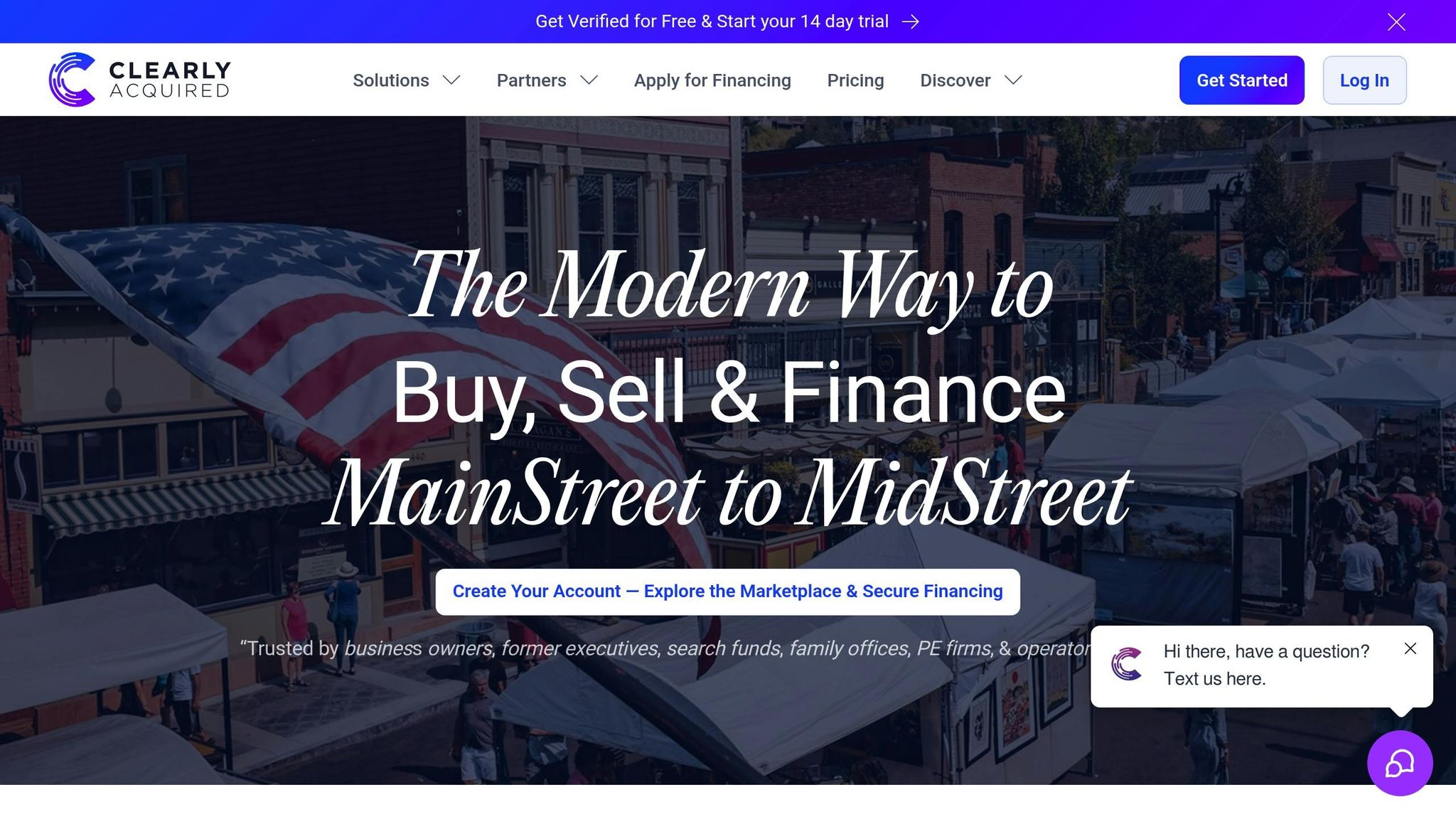
Clearly Acquired's AI-powered platform takes the complexity out of EBITDA adjustments. By blending cutting-edge technology with transaction support, it provides buyers, sellers, and advisors the tools they need to handle these adjustments with ease. This streamlined process ensures smoother identification and implementation of necessary changes.
AI Tools for Identifying Adjustments
The platform uses AI to dig deep into financial data, analyzing expense patterns and benchmarks to pinpoint adjustments that might otherwise be missed. These include items like owner-related expenses, one-time charges, and non-operating income.
By automating financial verification, the platform reduces the need for manual reviews, making it easier to spot unusual expenses. It also leverages industry comparisons and market trends to determine whether similar businesses typically make these adjustments. This ensures that any changes align with both buyer expectations and industry norms.
Additionally, the tool keeps a log of identified adjustments, which is invaluable during the due diligence process. This reduces the risk of overlooking valid items and helps maintain trust with potential buyers.
Comprehensive Support for Buyers and Sellers
Clearly Acquired goes beyond just identifying adjustments - it offers a full suite of transaction tools. Secure data rooms help organize financial documents, while verified deal flow and pipeline tools support buyers. The platform also provides due diligence assistance, ensuring confidence in adjustments made to EBITDA.
For buyers, the integrated loan marketplace connects them with lenders who understand normalized financials. Options include SBA 7(a), SBA 504, and commercial loans, making it easier to secure funding. Sellers, on the other hand, benefit from acquisition pre-qualification features, which attract buyers with the financial means to close deals based on adjusted valuations.
Educational Resources for Mastering M&A
Accurate EBITDA adjustments require more than just technology - they demand a solid understanding of the process. Clearly Acquired addresses this with a business acquisition course that breaks down financial analysis and EBITDA normalization. These modules explain not just how to make adjustments, but also why they matter to buyers and lenders.
Market reports and benchmarking data add another layer of insight by revealing industry-specific EBITDA multiples and adjustments. These resources help business owners identify operational changes that can support valid adjustments.
The educational content also explores creative financing options like seller notes and earnouts, which often hinge on well-documented EBITDA adjustments. By equipping buyers and sellers with this knowledge, Clearly Acquired fosters a marketplace where deals reflect a business's true earning potential, leading to smoother and more transparent transactions.
Key Points About EBITDA Adjustments and Valuations
EBITDA adjustments are a cornerstone of accurate valuations in Main Street and lower mid-market transactions. These tweaks to a company’s earnings before interest, taxes, depreciation, and amortization can dramatically influence the valuation process, often playing a key role in the success of a deal. They also have a ripple effect on documentation, market perception, and financing outcomes.
One of the most common areas for adjustment involves owner-related expenses. For example, if an owner pays themselves a salary above the market rate or runs personal expenses through the business, these costs need to be normalized to reflect the true operating expenses. Similarly, one-time expenses - like legal settlements, major equipment repairs, or extraordinary costs tied to events like the pandemic - should be excluded to provide a clearer picture of the business’s actual profitability.
After making these adjustments, thorough documentation becomes vital. Every adjustment must be backed by strong evidence, whether it’s receipts, contracts, or industry standards. Buyers and lenders will closely examine these changes, and any unsupported claims can lead to lower sale prices or even jeopardize financing.
The stakes are high because of the way EBITDA multiples work. For instance, a $50,000 adjustment can increase valuation by $150,000 to $200,000. This multiplier effect highlights why precision is so critical - small adjustments can have a big impact on the final valuation.
It’s also crucial to distinguish between standard and overly aggressive adjustments. Transparency and accuracy in this process build buyer confidence and reduce friction during negotiations, paving the way for smoother and more successful transactions.
For financing decisions, properly adjusted EBITDA figures are essential. They help lenders evaluate a company’s true cash flow, which can be the determining factor in meeting debt service requirements. When paired with strong documentation and expert analysis, accurate EBITDA adjustments lead to fair valuations and facilitate smoother, more efficient deals.
FAQs
How do EBITDA adjustments impact a business's profitability and valuation during a sale?
EBITDA adjustments are key when it comes to showcasing a business's profitability to potential buyers, directly impacting its valuation. By stripping out non-recurring, discretionary, or non-operational items, these adjustments refine the EBITDA figure, presenting a clearer picture of the business's consistent earning power.
When calculated correctly, these adjustments can shine a light on the business's real profitability, potentially increasing its valuation. On the flip side, if they uncover hidden costs or one-off gains, the perceived profitability might take a hit, possibly lowering the sale price. Accurate EBITDA adjustments are essential for giving both buyers and sellers a transparent view of the business's true financial standing, enabling well-informed decisions.
What documents are needed to support EBITDA adjustments, and why are they important?
To make EBITDA adjustments credible, having clear and thorough documentation is key. This involves keeping records of non-recurring, unusual, or non-operational items that impact earnings. Examples include one-time expenses, legal settlements, asset impairments, or other irregular transactions.
Why does this matter? Because detailed documentation - like legal invoices, financial statements, or transaction reports - provides transparency and paints an accurate picture of the business's earning potential. It reassures buyers and investors by validating the adjustments, reducing the risk of misrepresentation. With well-supported adjustments, stakeholders can approach the valuation process with confidence and make informed decisions.
How do AI-powered tools improve the process of identifying EBITDA adjustments?
AI-powered tools streamline the process of pinpointing EBITDA adjustments by automating intricate data analysis and minimizing the chances of human error. These tools can swiftly sift through extensive financial datasets, flagging anomalies or one-off expenses that might require adjustments. The result? A clearer and more accurate picture of a company's actual profitability.
What’s more, AI algorithms improve over time by learning from historical data. They become better at spotting patterns and recurring issues, which not only accelerates the valuation process but also delivers more dependable insights. This makes it easier for buyers, sellers, and investors to make well-informed decisions when assessing a business's value.








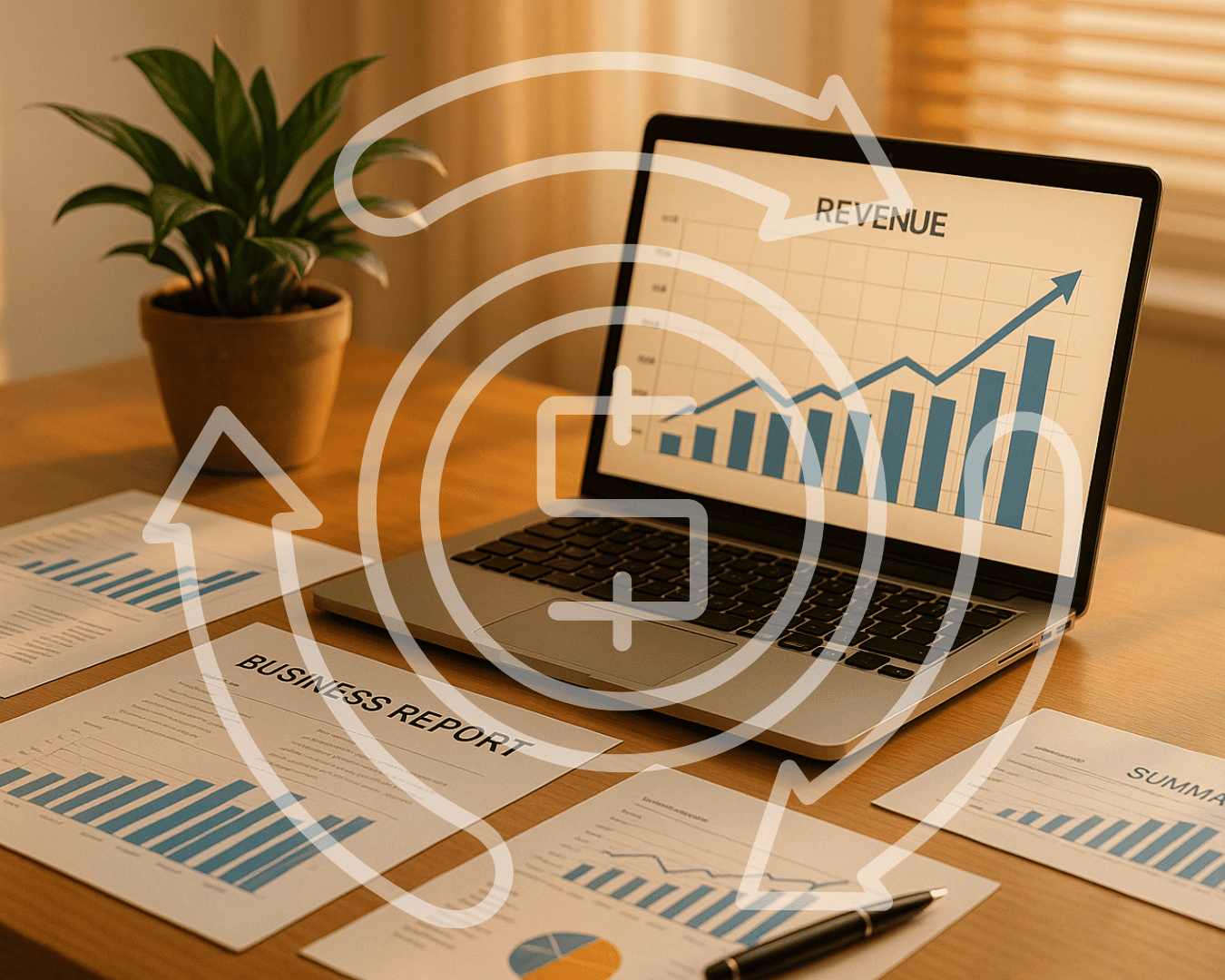







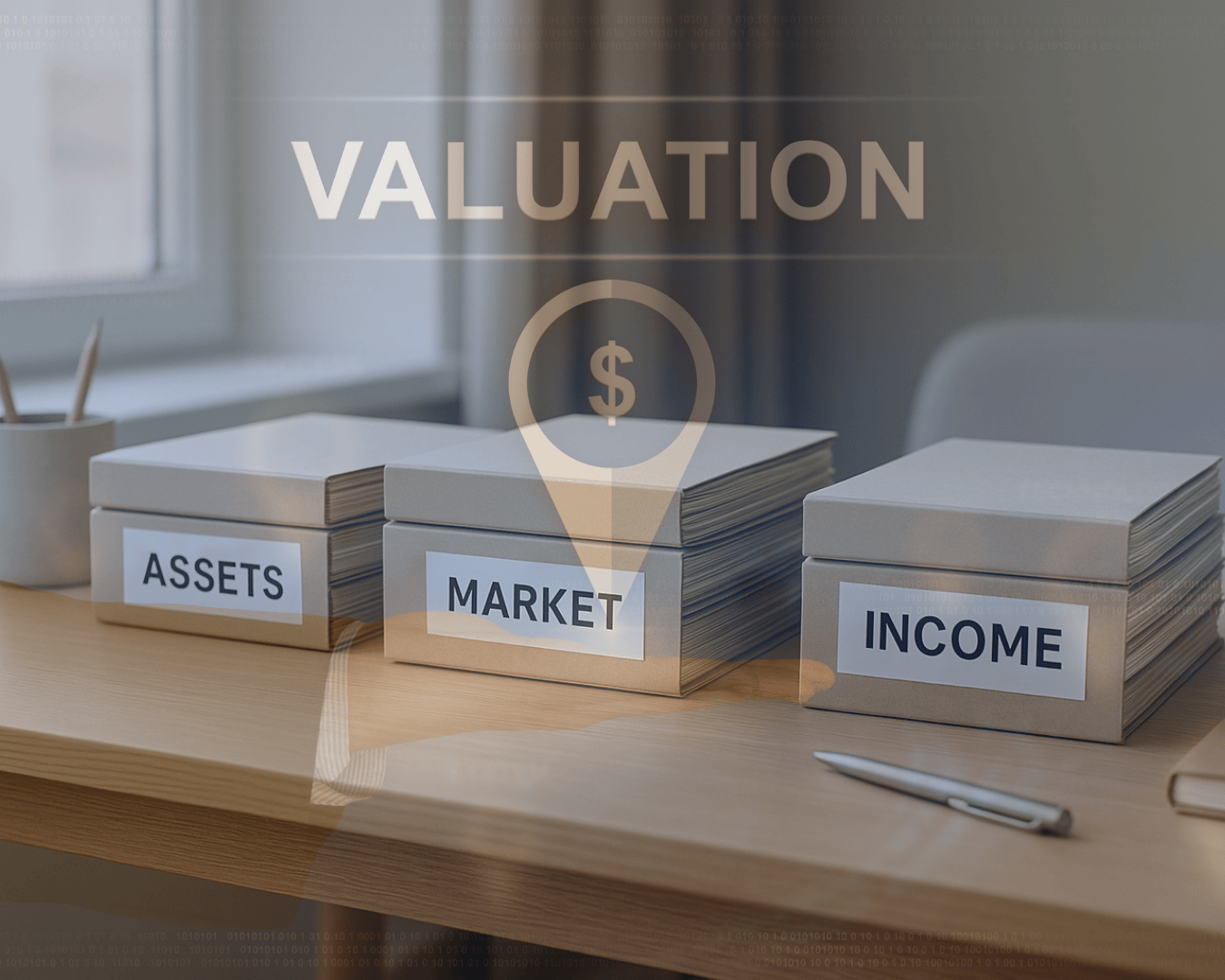


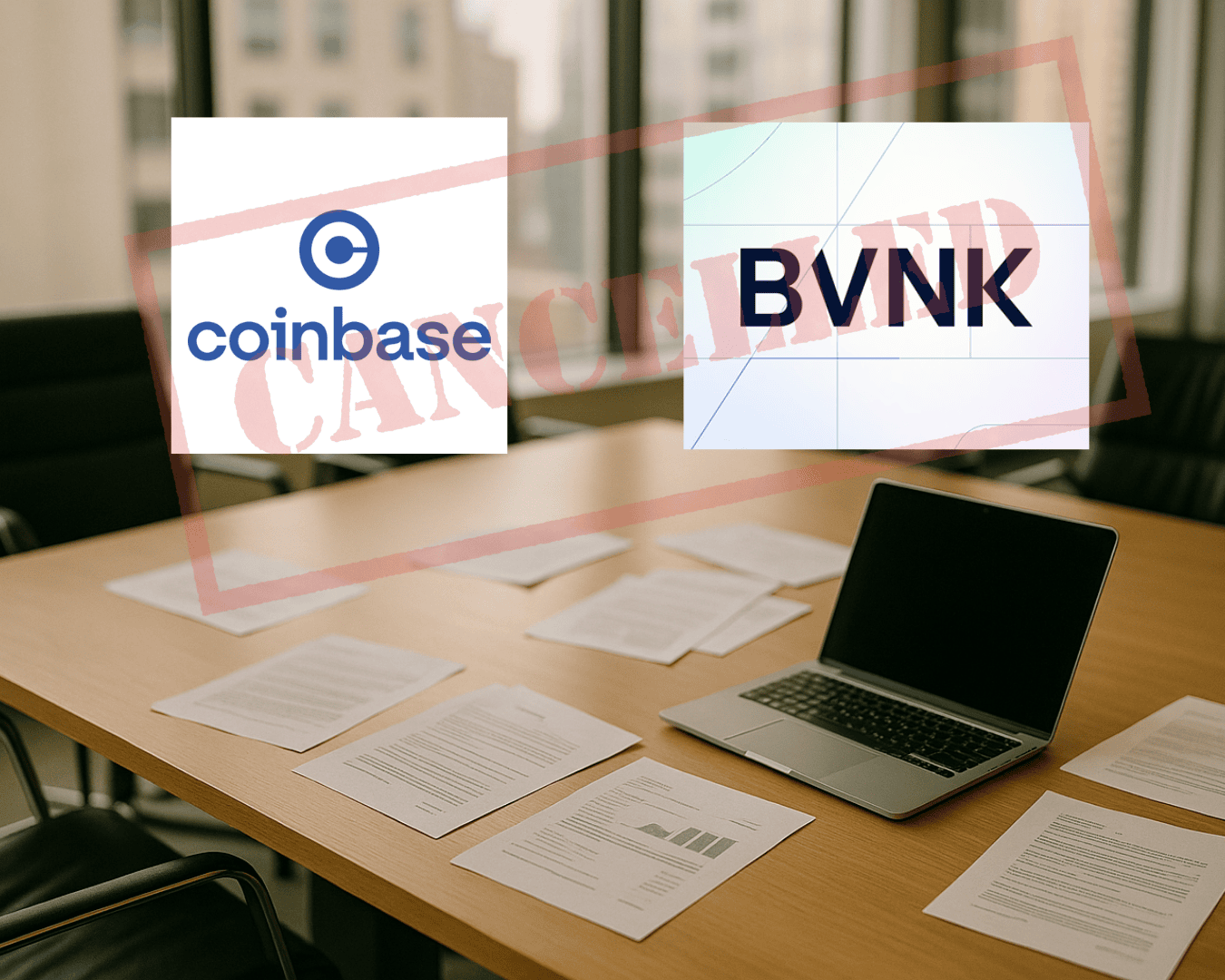









.png)

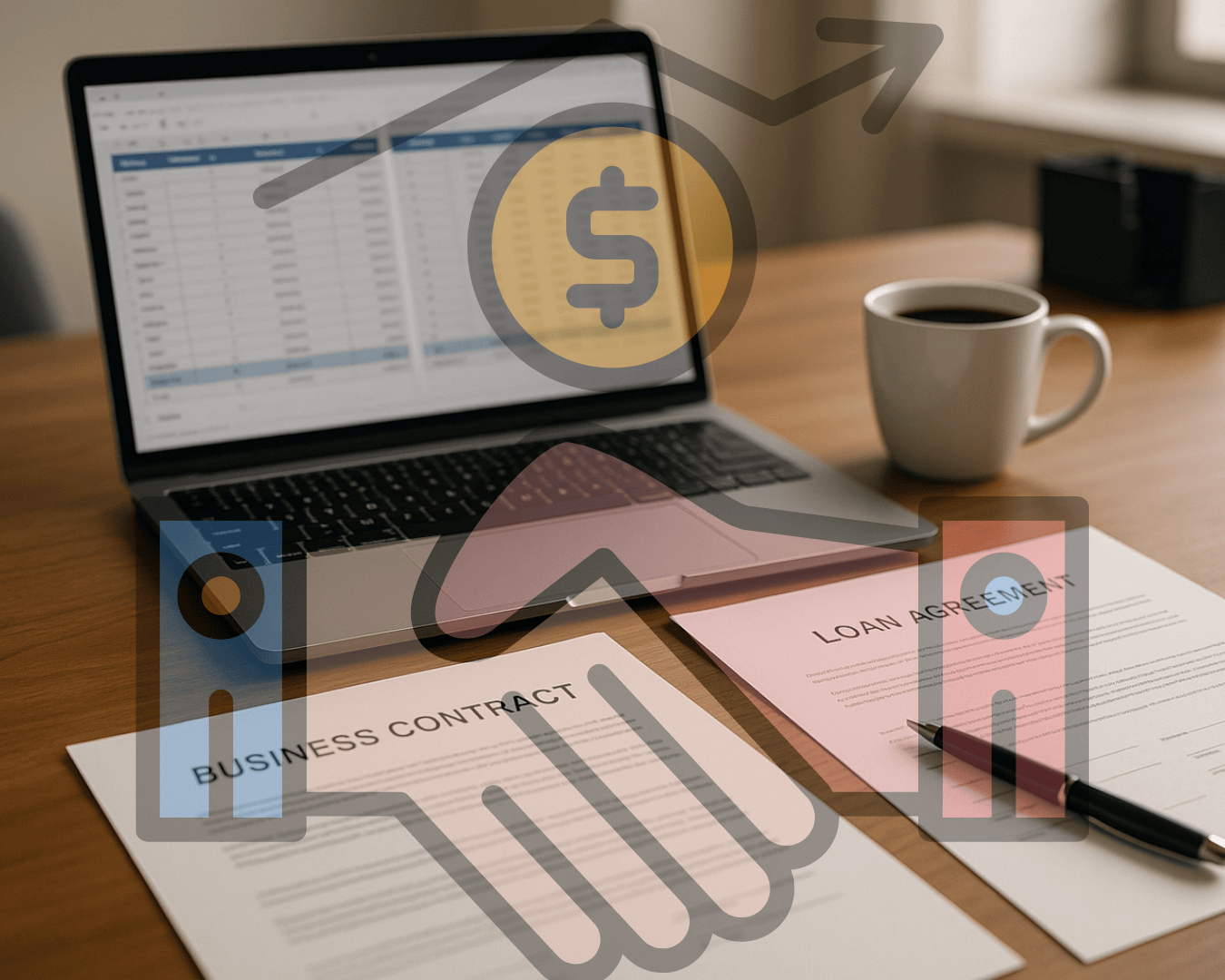















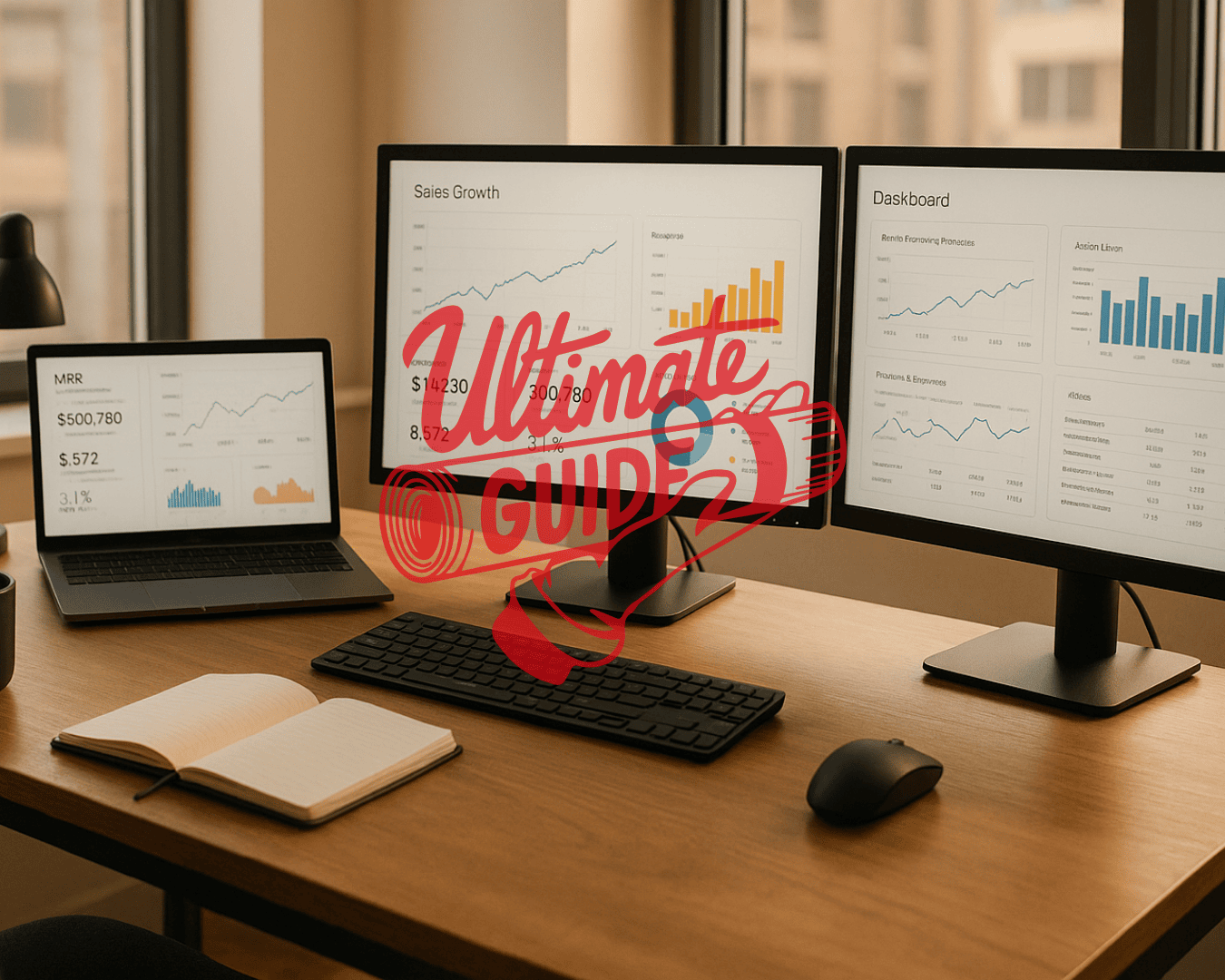




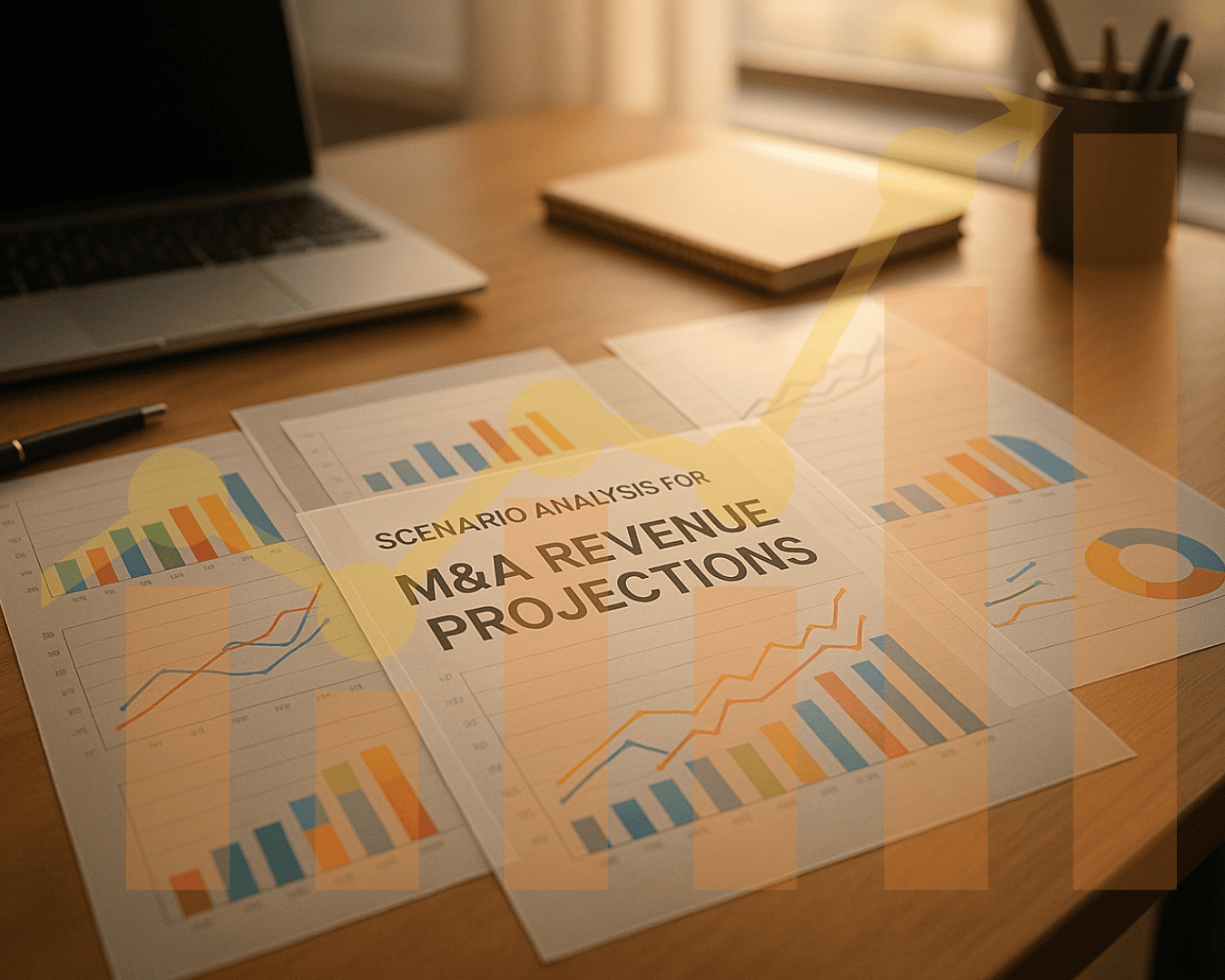
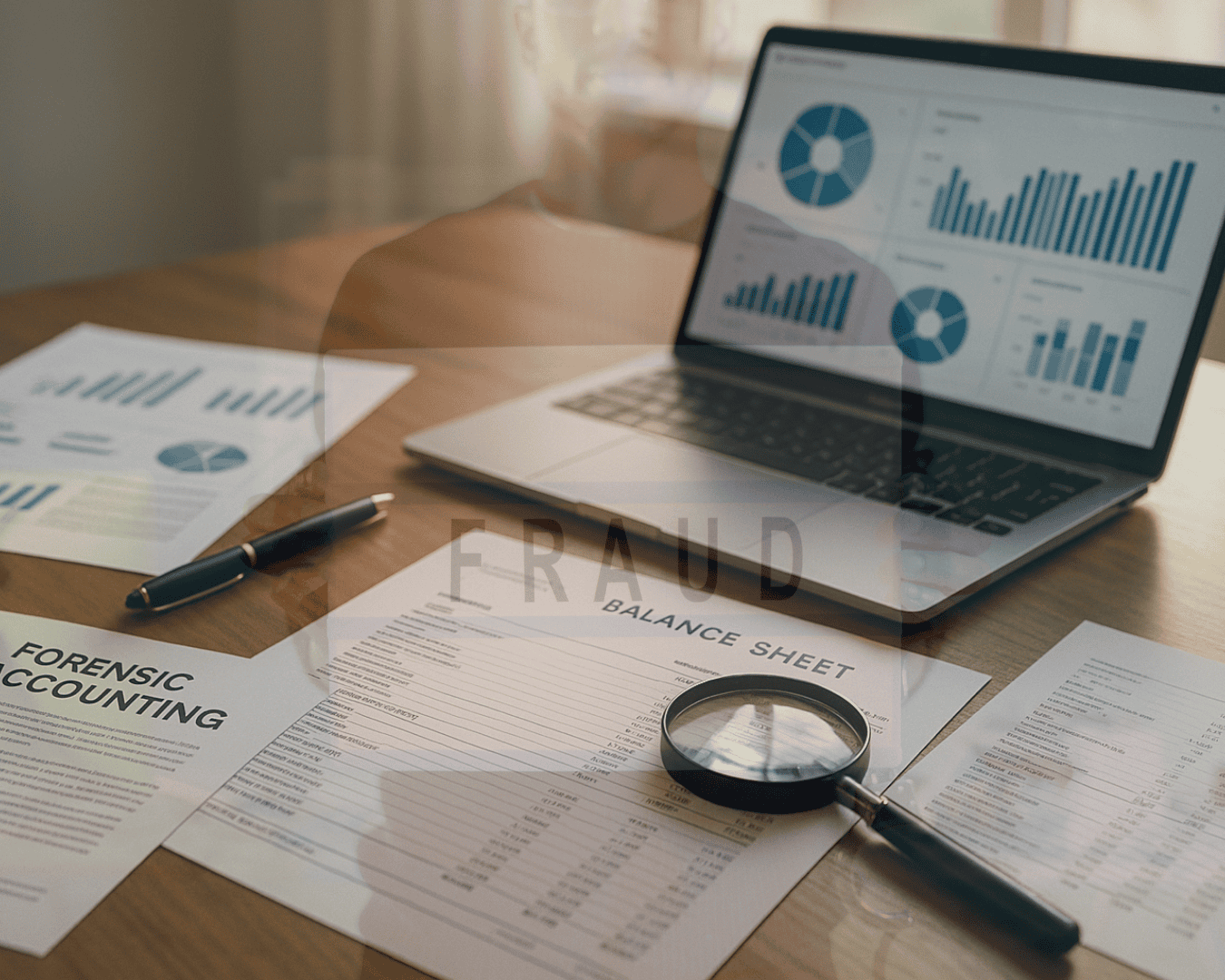




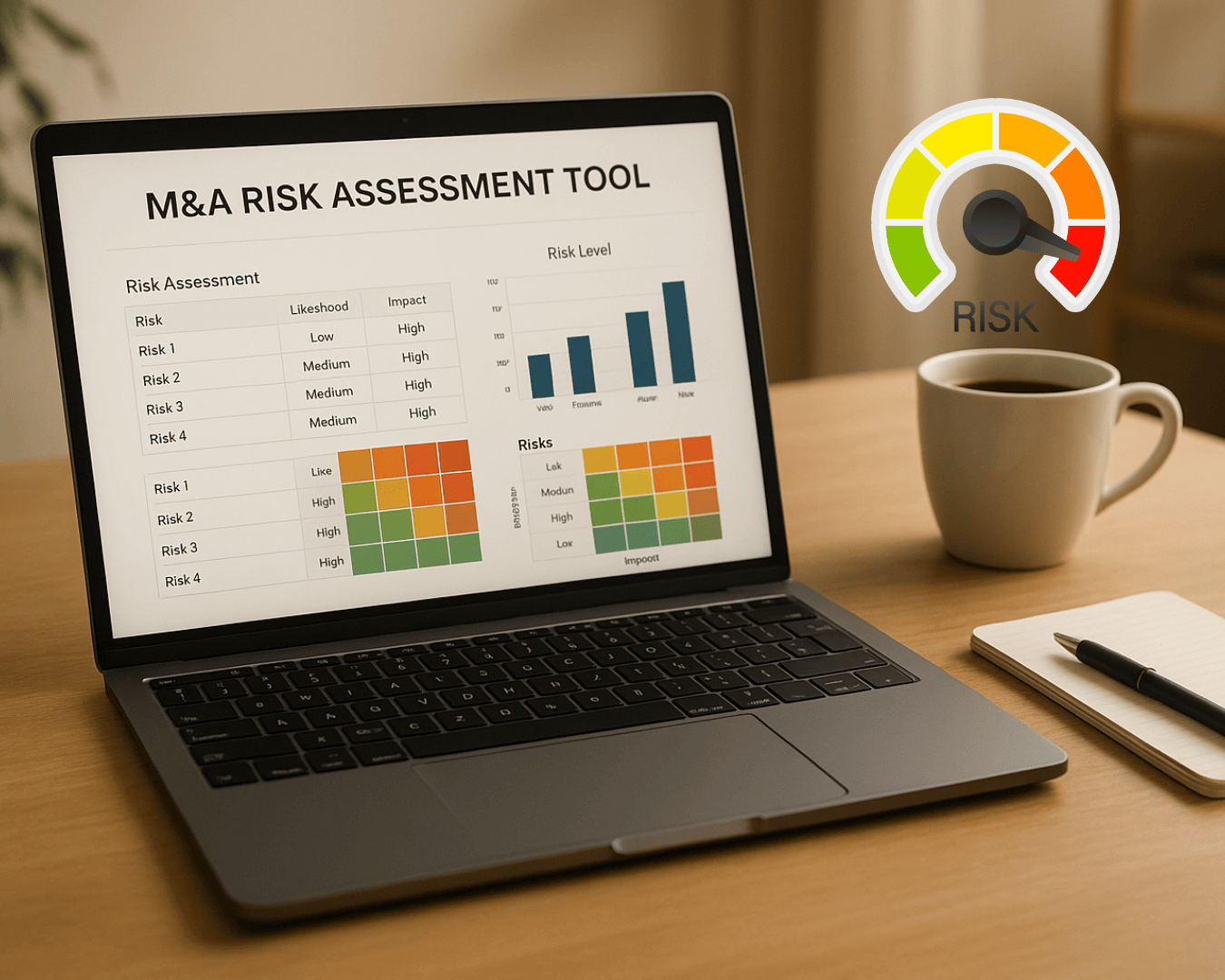

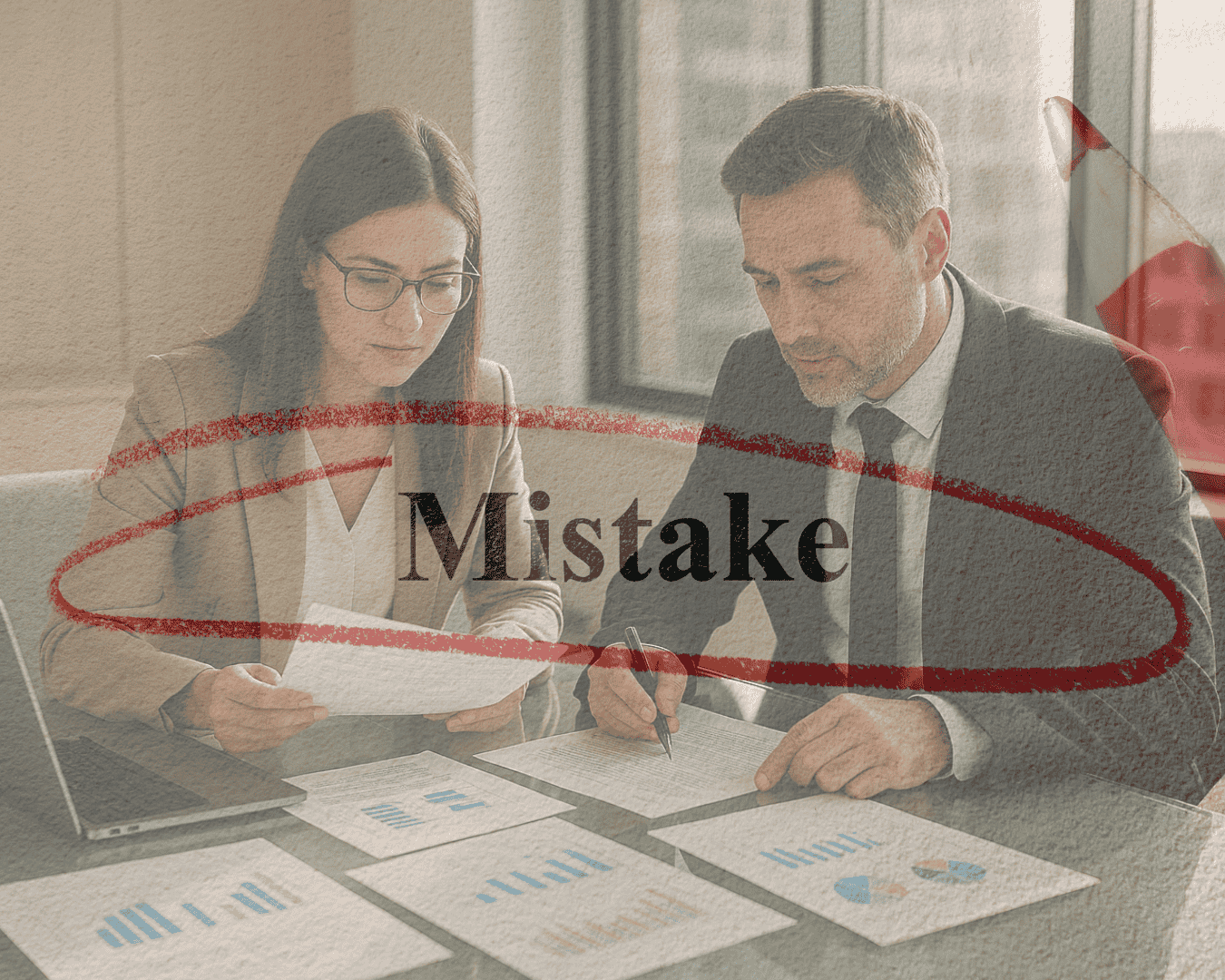
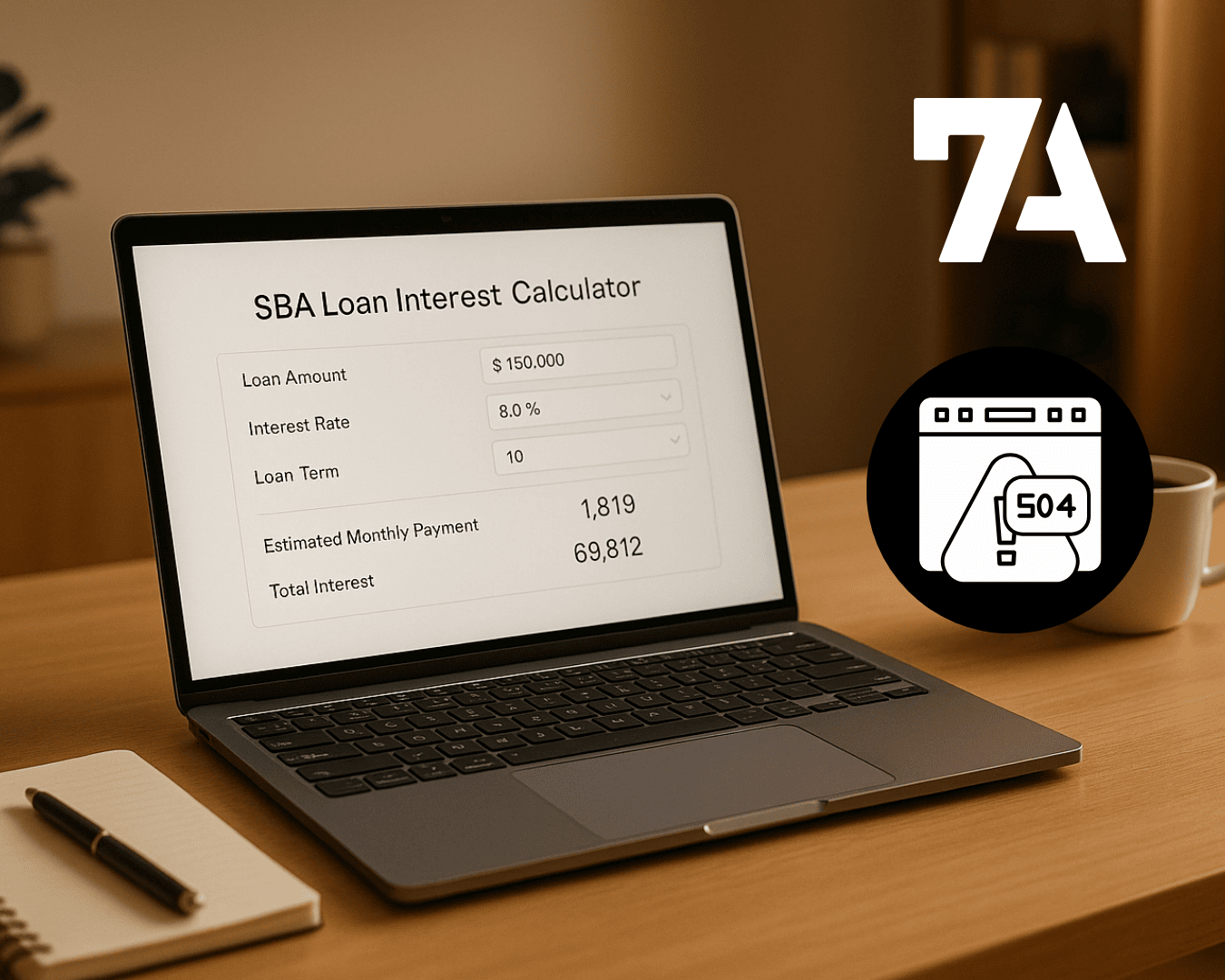








%20Loan%20Application%20Checklist.png)
